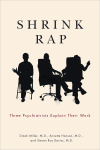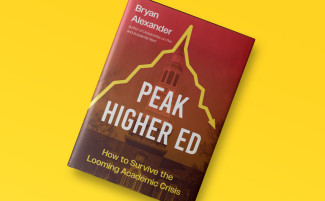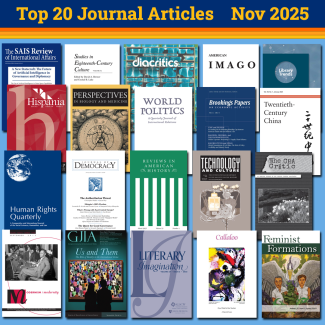Guest Post by Dinah Miller, M.D.
Blah, Blah, Blah
It's early February and for many people, it's not the best time of year. The nights are long, the days are cold and gray, and the sidewalks are icy. Here in Baltimore, football season ended with a devastating loss by the Ravens in the playoffs, and we’re left with Newt versus Mitt on the big screen.

For some, it's a relief that the holidays are over. They may be laden with disappointment for those who have too little to do, exhaustion for those with too many obligations, and bittersweet memories of childhood and loved ones now gone. For others, there is a let down after all the holiday activities, and the winter hibernation begins a countdown until spring.
For some people, the winter blahs are not simply a time of slowing down or being disappointed. The sadness can be profound and accompanied by changes in sleep and appetite, overall energy level, productivity, and even the ability to function at routine tasks—a condition psychiatrists call an episode of major depression. If it happens repeatedly and predictably, we think of these difficulties not only as clinical depression, but as a phenomenon called seasonal affective disorder. This is a very official way of saying that someone has predictable episodes of depression or mania at specific times of the year. Since winter depressions of this type may be related to the person's own biological clock in conjunction with seasonal changes in daylight, we sometimes suggest that light therapy may be helpful in addition to our usual treatments for depression, medication and psychotherapy.
Other changes may be helpful as well, including an increase in exercise, more time spent doors, and for those who want to try to shake their biological rhythms up a bit, a trip to somewhere warm and sunny where the days are longer may be helpful.
 Dinah Miller, M.D, is co-author of Shrink Rap: Three Psychiatrists Explain Their Work, out now from the JHU Press. She has a private practice in psychiatry in Baltimore, MD, and consults to the Johns Hopkins Community Psychiatry Program. Dinah and her co-authors are the founders of the Accessible Psychiatry Project.
(The information provided in this blog post is not meant to substitute for medical advice or care provided by a physician, and testing and treatment should not be based solely on its contents. Instead, treatment must be developed in a dialogue between the individual and his or her physician. This post has been written to help with that dialogue. The services of a competent medical professional should be obtained whenever medical advice is needed.)
Dinah Miller, M.D, is co-author of Shrink Rap: Three Psychiatrists Explain Their Work, out now from the JHU Press. She has a private practice in psychiatry in Baltimore, MD, and consults to the Johns Hopkins Community Psychiatry Program. Dinah and her co-authors are the founders of the Accessible Psychiatry Project.
(The information provided in this blog post is not meant to substitute for medical advice or care provided by a physician, and testing and treatment should not be based solely on its contents. Instead, treatment must be developed in a dialogue between the individual and his or her physician. This post has been written to help with that dialogue. The services of a competent medical professional should be obtained whenever medical advice is needed.)




